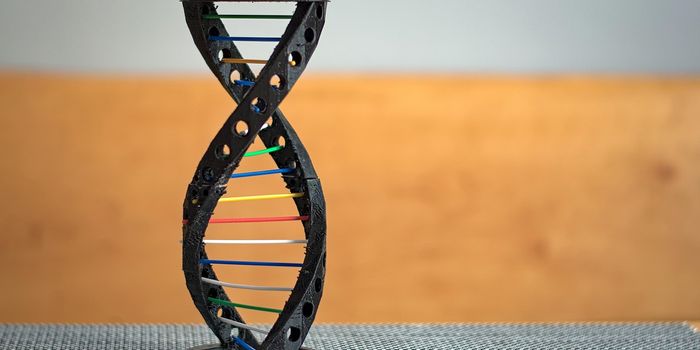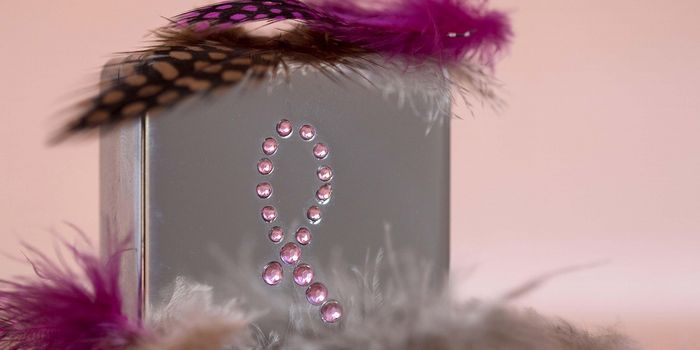Cancer cells know when they’re being attacked. And one of their best counterattack strategies is to pump the chemotherapy drugs out of their cells. Now researchers at the University of Massachusetts Medical School say they can potentially
thwart cancer’s defenses with nanoparticles that mimic the bacterium
Salmonella.

On the surface of some cancer cells, membrane proteins called P-glycoprotein (P-gp) act like funnel chutes that rid the cells of any toxins. This is bad news for cancer patients, as the presence of these proteins on cancer cells can compromise the efficacy of chemotherapy treatments.
Serendipitously, researchers noted that
Salmonella – the bacteria that’s notorious for food poisonings – appear to reduce the level of P-gp in cells. "While trying to understand how Salmonella invades the human host, we made this other observation that may be relevant to cancer therapeutics and multidrug resistance," said Beth McCormick, lead study author.
Could they co-opt the bacteria’s strategy and ultimately reduce chemotherapy resistance? Indeed, through several experiments, McCormicks’ team identified a key protein in
Salmonella that seemed to influence the level of P-gp. That protein is known as SipA. In cell cultures, adding SipA alone was enough to reduce P-pg membrane proteins in human colon cancer, breast cancer, bladder cancer, and lymphoma. This, in combination with chemotherapy drugs, showed that the cancer cells were more susceptible to the anticancer treatment and were less able to expel the drugs out of their system.
"Through millions of years of co-evolution,
Salmonella has figured out a way to remove this transporter from the surface of intestinal cells to facilitate host infection," said Dr. McCormick. "We capitalized on the organism's ability to perform that function."
But, it is not possible to treat cancer by infecting people with
Salmonella. Nor is it feasible to administer SipA as a single molecule agent, as this compound is unstable in the bloodstream. Therefore, the team went with the next best thing and combined their knowledge with nanotechnology – that is, they created gold nanoparticles that are fused with SipA.
In preliminary cellular experiments, the nanoparticles proved to be 100 times more effective than SipA alone in lowering P-gp levels. Furthermore, in mouse models of colon cancer and breast cancer, combining traditional chemotherapy with the nanoparticles resulted in slower and smaller tumor growths. This indicates the SipA nanoparticles act to boost the anticancer effects of the chemotherapy.
As encouraging as these results are, the team is still wary about other possible side effects of reducing P-gp in the entire system. Since P-gp is actually a way for normal cells to stay healthy, interfering with this mechanism could produce drastic unwanted side effects. "We are not naïve about the complexity of the problem," said McCormick. "However, if we know more about the biology, we believe we can ultimately make a better drug."
Additional sources:
National Cancer Institute
 On the surface of some cancer cells, membrane proteins called P-glycoprotein (P-gp) act like funnel chutes that rid the cells of any toxins. This is bad news for cancer patients, as the presence of these proteins on cancer cells can compromise the efficacy of chemotherapy treatments.
On the surface of some cancer cells, membrane proteins called P-glycoprotein (P-gp) act like funnel chutes that rid the cells of any toxins. This is bad news for cancer patients, as the presence of these proteins on cancer cells can compromise the efficacy of chemotherapy treatments.







